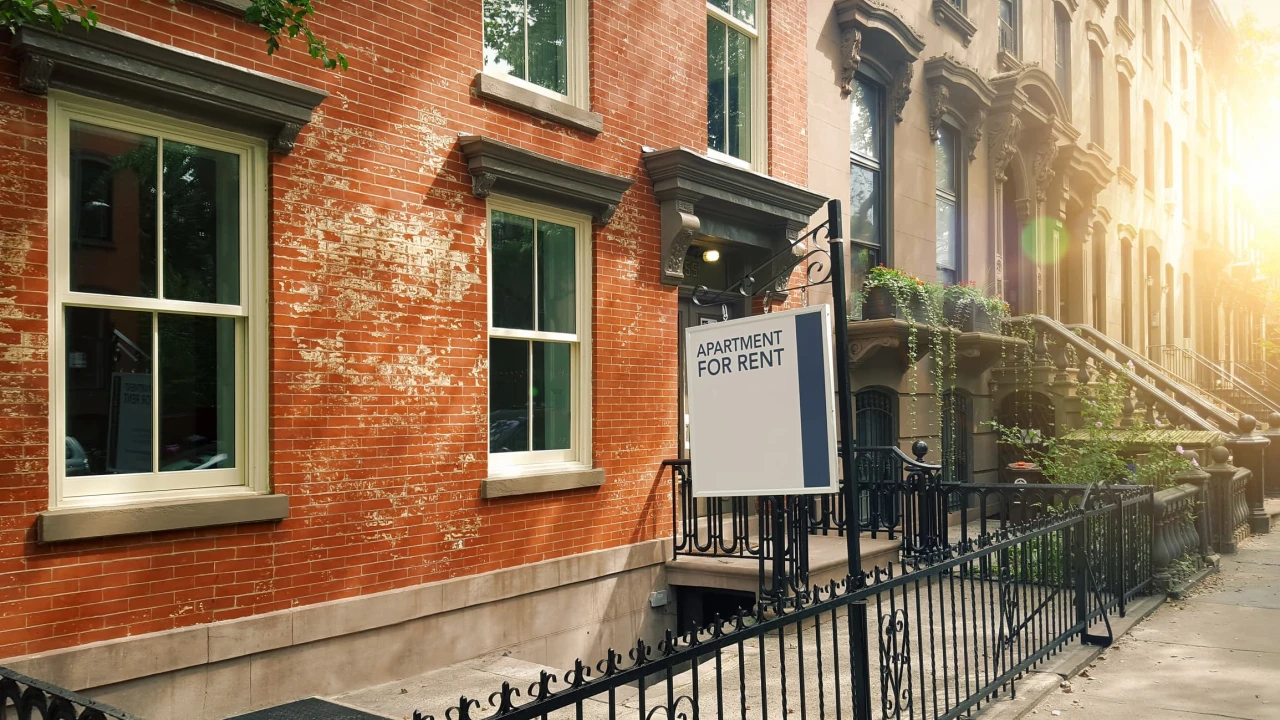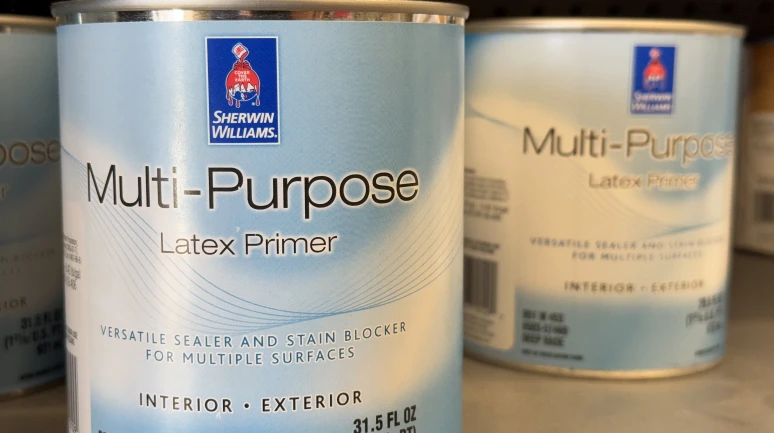However, if the property was your primary residence for at least two of the five years before the sale, you may be eligible for a capital gains tax exclusion of up to $250,000 for single filers and $500,000 for married couples filing jointly.
It's important to keep detailed records of your property's rental income, expenses, and any improvements you make while it's being rented out. These records will be crucial for calculating your capital gains tax liability when you sell the property. Additionally, you may be able to deduct certain expenses related to renting out the property, such as property management fees, repairs, and maintenance costs.
Understanding the IRS Ownership and Use Tests for Exclusion
Before converting your home into a rental property, it's a good idea to consult with a tax professional to understand the potential tax implications and ensure you're in compliance with all relevant tax laws. By staying informed and properly managing your rental property, you can mitigate the tax impact and maximize your financial benefits when it comes time to sell.
Qualifying for a tax exclusion involves meeting the IRS ownership and use tests. These tests stipulate that you must have owned the home and used it as your primary residence for 24 months out of the last five years, with a few exceptions to consider.
Non-Consecutive Residency Periods
One important point to note is that the 24 months of residency don't need to be consecutive. This flexibility allows individuals some leeway in meeting the ownership and use requirements for the tax exclusion.

























